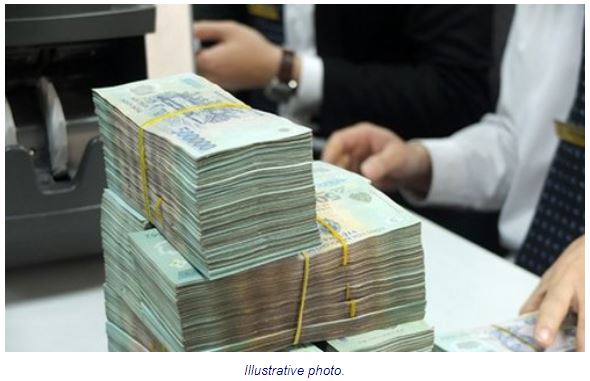Brokerage predicts VND to devalue by around 3% in 2018
After the State Bank of Vietnam (SBV) raised the selling price of the USD on July 23, the VND has depreciated by 2.5% against the USD since early 2018. Meanwhile, compared to a record low in April 2018, Vietnam’s NEER and REER have respectively increased by 3.3% and 3.8%. However, compared to late 2017, the growth of NEER and REER is insignificant (correspondingly posting 0.3% and 1.5%).
From the view of BVSC, it is unnecessary for the SBV to devalue the dong further to boost exports.
Additionally, currencies of major import markets of Vietnam such as China, South Korea are suffering a strong devaluation, while currencies of major Vietnam’s export market, typically the US, are appreciating.
Vietnamese enterprises are benefiting from this movement on foreign exchange markets.
Specifically, prices of goods imported in Vietnam are relatively cheaper, while exports can remain competitive. Nevertheless, Vietnam’s export products still have to compete with similar products from other countries because currencies of numerous nations are experiencing stronger depreciation than VND.
Therefore, in order to maintain the competitiveness of export products, the exchange rate still needs an adjustment at a moderate level. On another note, exports of FDI sector accounts for more than 70% of total Vietnam’s export value, while domestic sector occupies less than 30% only.
Thus, from the brokerage’s view, the depreciation of VND will mainly affect the domestic exports with focus on exports of agricultural, forestry and fishery products.
Benchmark index to experience volatility while moving up
The benchmark VN-Index lost 0.03% and settled at 987.05 on August 24. The index declined during most time of the trading session but recovered in the last minutes, helping expand the rally to the sixth week in a row.
According to BVSC, VN-Index will suffer a resistance from the simple moving average (SMA) 20 and SMA50 next week. If the index surpasses this resistance or the 996- 1,010 zone, it may move towards the strong resistance around the 1,050 in the coming sessions.
In the short term, BVSC forecast the index may experience some volatility while moving up. In this case, the 970-975 threshold will support the price line. Investors can continue to maintain stock exposure at a maximum of 70% of the portfolio and consider reducing stocks exposure when the index surpasses 1,000. The next resistance for the index is forecast at 996-1,010. The next supports for the index are forecast at 970-975 and 945-950.


 English
English




